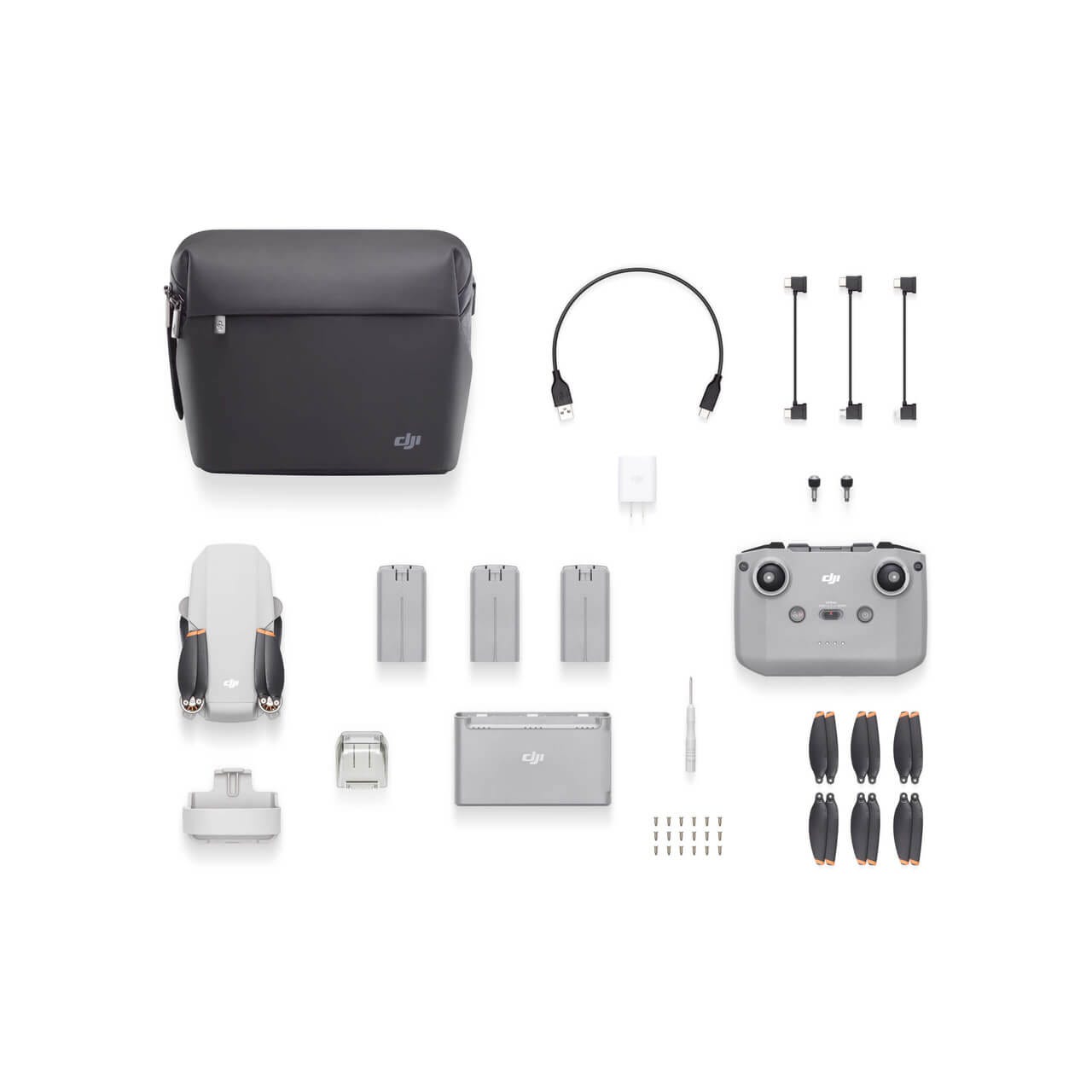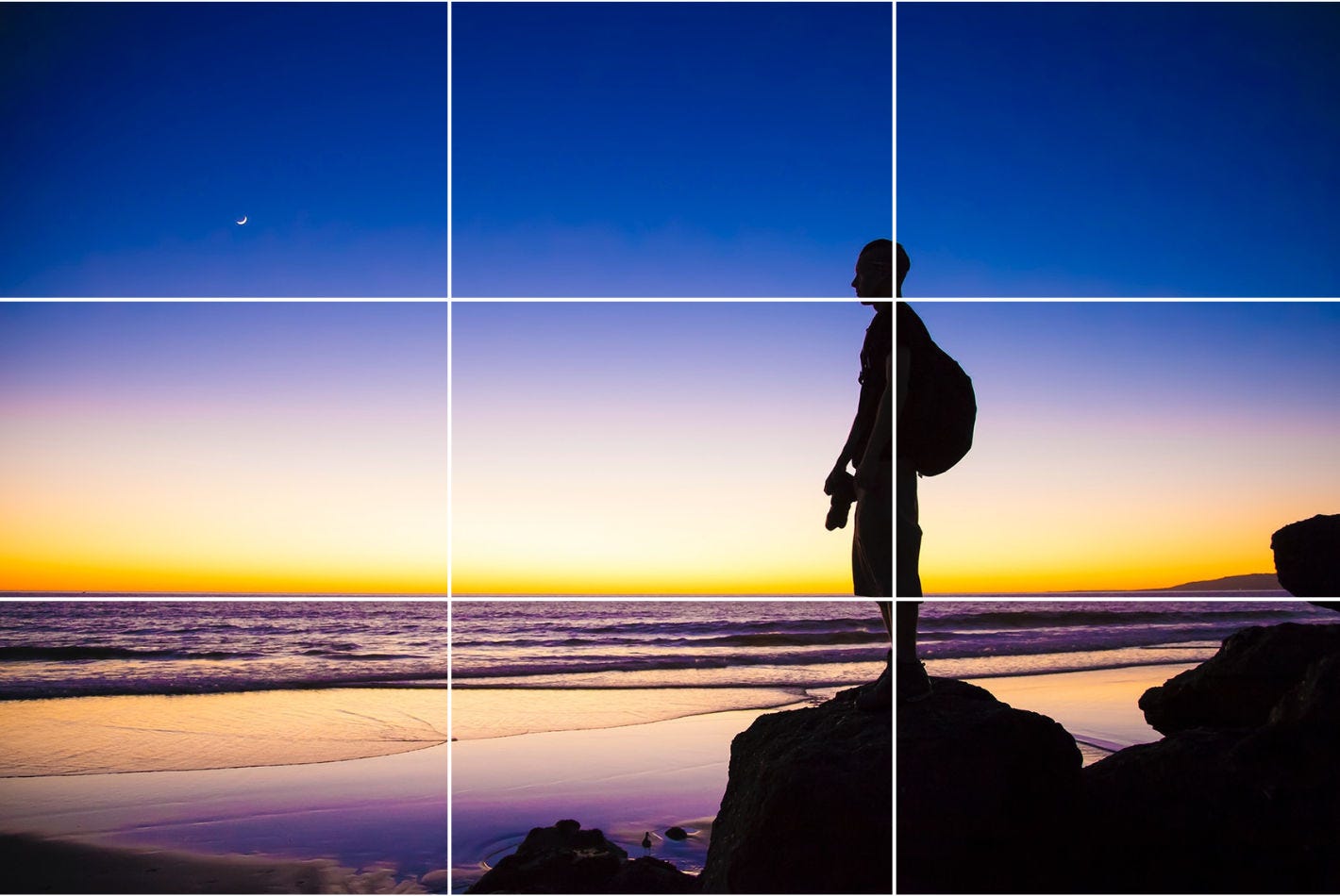5 Things I've Learned Flying A Drone in the City
Is it worth it in 2025?
I remember when I was first looking into drones during the beginning of the pandemic. I was so excited to get a new toy that would allow me to increase the versatility in my photography arsenal. Going in depth with YouTube videos & tutorials, reviewing the manufacture’s website to get the details on the different specs for each product, & even asking my friends who have drones their thoughts on different models that were currently available in 2020. I was told to look into the different models of drones from the company DJI because they were the leading company in good quality cameras & a variety of different size drones for every level of user.
Compilation of my favorite drone shots at the bottom of this post
Originally, I wanted to grab the DJI gimble because I didn’t know how to fly a drone & I didn’t want to spend money on something I would eventually break or never use. After some consideration, I settled on the DJI Mini 1. The first mini traveling sized drone to offer 2.7k video resolution at 30 fps. 12 megapixels on the camera resolution with a 3-axis stablished gimble system, & a max flight time of 30 minutes, this thing was the perfect beginner drone with great camera capabilities. I ordered it online & it came in the mail a few days later. After learning the ropes in a real-world setting, I eventually grew tired of flying back & forth with no objective or subject to record. The drone began to gather dust in the closet due to inactivity.
After a few months go by, I slowly started to remember that I owned the damn thing & decided to take it out for a few test runs. On the 3rd day back into flying the damn thing I was at an outlet mall early in the morning trying to get some footage of the morning sky when it happened. I thought I had a clear takeoff point. Not looking up can be costly. Smacked right into a tree so hard the propellers lodged themselves into the wood causing the drone to get stuck about 10 feet in the air. I was heartbroken & devasted. I figured my flying career has ended in a blink of an eye. I threw sticks & rocks in the air, trying to get it to fall out. I was unsuccessful for almost an hour. Now the sun is beginning to shine a little too bright to be standing in the center of a parking lot. I knew I had to think fast. I had some water inside of a plastic bottle & begun throwing it as hard as I could. Eventually, the drone plummeted to the ground & I was able to catch it before completely smashing into the earth. Recovering my SD card & the remnants of the crash, I packed up my car & went home.
Looking to start growing cannabis at home? Regular Seeds have been added to the product line (Here)
A few weeks later I knew I had to get another one. I started checking the website again to see what was new & to my surprise they had a new mini model! It was the DJI Mavic Mini 2. Extending the flight time by a minute, but improving the camera quality, max flight distance, & flight capabilities, for the same price as the 1st model. With an advanced birthday gift from my mom, I was able to purchase the new mini 2. I crashed this drone into a soccer pole trying to show off to my friends. Thankfully, only 2 propellers were chipped in the process, & the “Fly More Combo” came with extra blades in the event something like that happens.
Since then, I’ve been able to fly this drone for a few years now without any issues. I took another extended break from flying about half a year later. But since I have found a new hobby, trains, I have since brushed off the dust & cobwebs on my carrying case & started taking it everywhere now. It’s been super helpful to send it up whenever I get the urge or want to see something different. I have learned a few things since using my drone to capture train content that I would like to share. They are the following.
(1. Perspective & Scale) Using the rule of thirds
One of the 1st lessons I had to research & study for using my drone to capture content is the “Rule of Thirds”. The best way I can describe it is, a composition guideline to help make images more appealing to the eye & balanced. Not every image needs to have a subject dead center to be great! The Rule of Thirds breaks down images into a 9 equal parts by using 2 horizontal lines & 2 vertical lines. Every smart phone & camera comes with an accessibility feature allowing the user to use a screen overlay making the grid available when using or looking through the lens.
This helps give perspective & scale to pictures. Some objects may be smaller in comparison, but look bigger than others depending on how the shot is framed. You start to pick up on noticing patterns such as how natural straight lines can give the illusion of depth in a 2D picture. Trains are massive chunks of steel rolling around on steel tracks, but when observing them from the sky, the trains may look small as compared to a building. I’ve seen some great photographers & drone pilots use buildings & trees to showcase the size & length of trains. I’ve also come to realize the amount of waiting & timing required for some of these pictures & videos. Which leads me into my next lesson learned.
(2. Patience & Timing) Slow & steady win the race
Learning to have patience is hard when you may only ever see these freight trains once in a lifetime. You can easily feel like you’re missing out on an opportunity or a chance to capture greatness. But preparation & patience are essential when it comes to capturing beautiful content. By preparation, I mean knowing the area in which you’re going to shoot pictures in. If you’re familiar with the land, you may know which angle is better at certain times of the day. Trains have 2 sides, but knowing which side is going to be facing the sunset & potential background is very helpful.
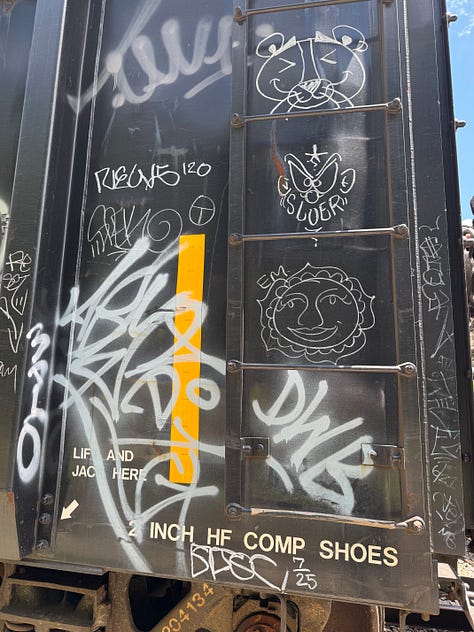

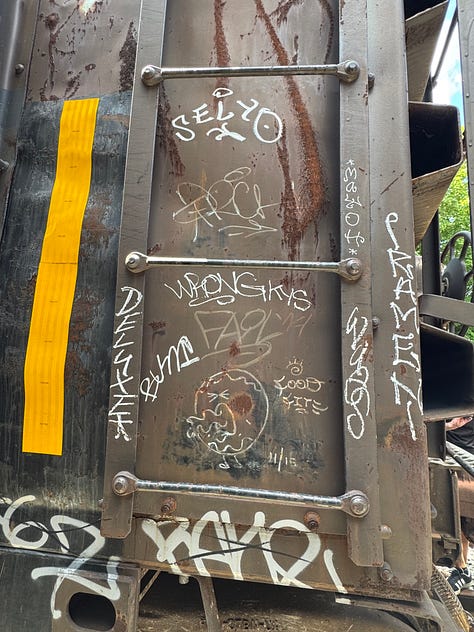
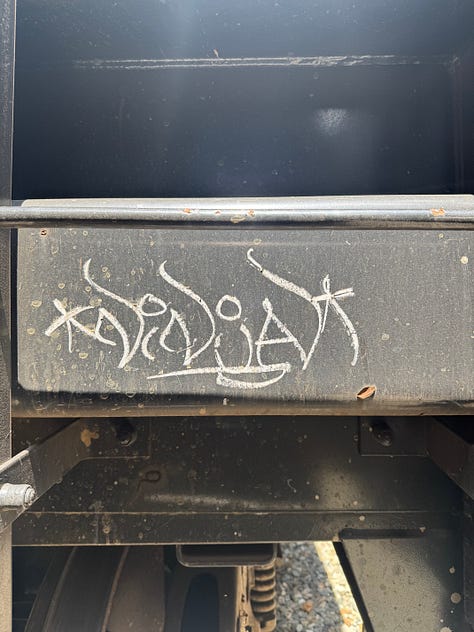
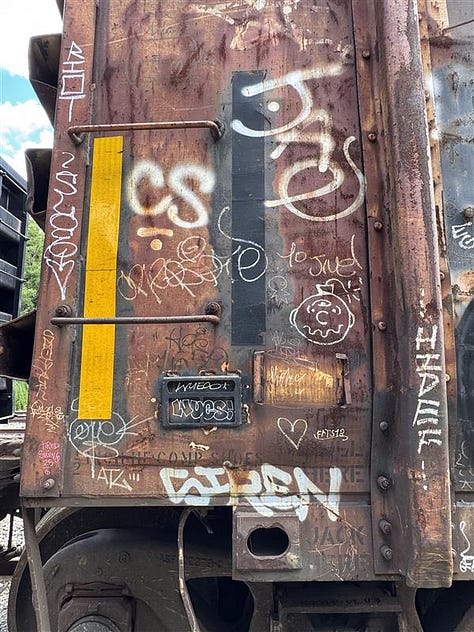
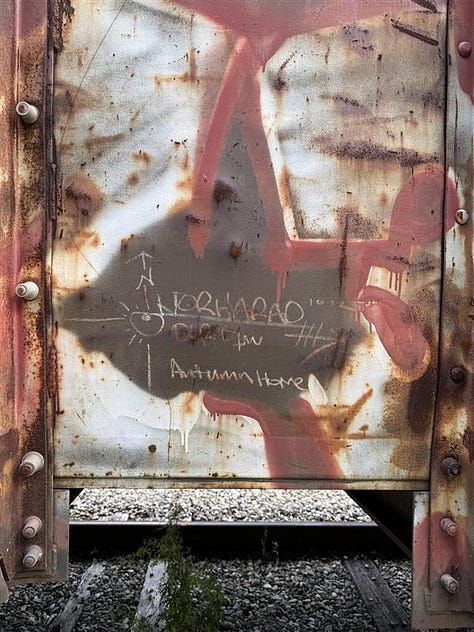


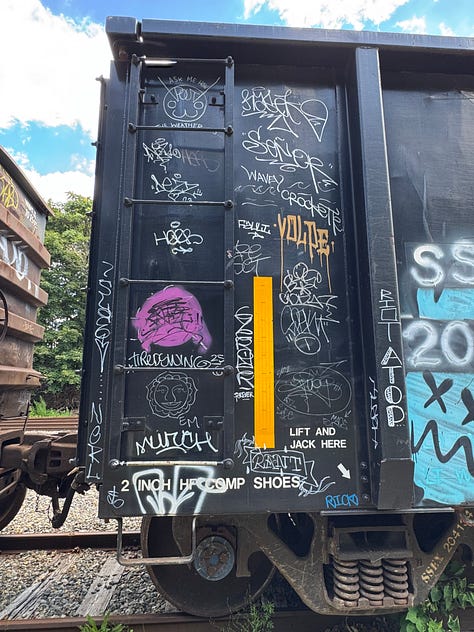
Preparing for train content is also knowing how the weather is going to be on the day you want to shoot. You can fly your drone no matter the weather, I wouldn’t recommend flying during snow & rain storms, but there are no restrictions on weathering a flight. Knowing the weather is beneficial because you can plan around it. If you know the morning time is going to be rainy, wait until the clouds & the sky clear up a bit, before recording the trains going by. While you may not see the same cars, you can bet your ass that you’ll see another freight train passing by. They are always running & working, giving you ample enough time to get the shots you’re capable of.
I’ve waiting for hours at a railroad crossing, just to go home disappointed because I wasn’t on their time schedules. I try to learn approximate times that trains pass by areas to ensure that doesn’t happen, but you can never be perfect. I remember recently I took my dog to a nearby lake that’s close to a crossing, & we waited for about an hour. After flying the drone to see if I could see any trains, I decided to head home for dinner. As I start driving away, just as I was reaching the highway, I could hear the train horns in the distance. Learn patience, because not only is helpful when sitting around waiting for the arrival of trains, it’s also beneficial in everyday situations.
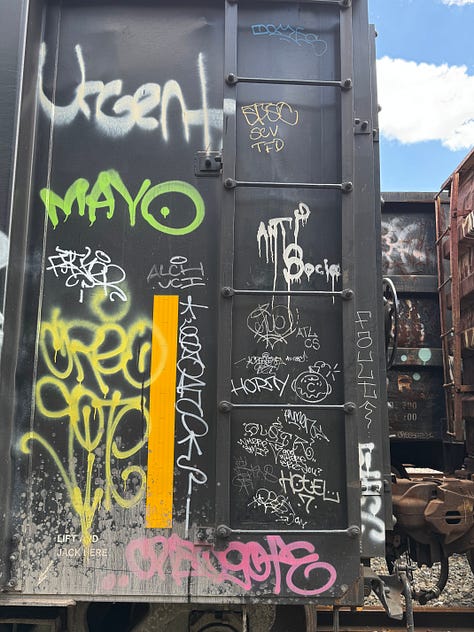
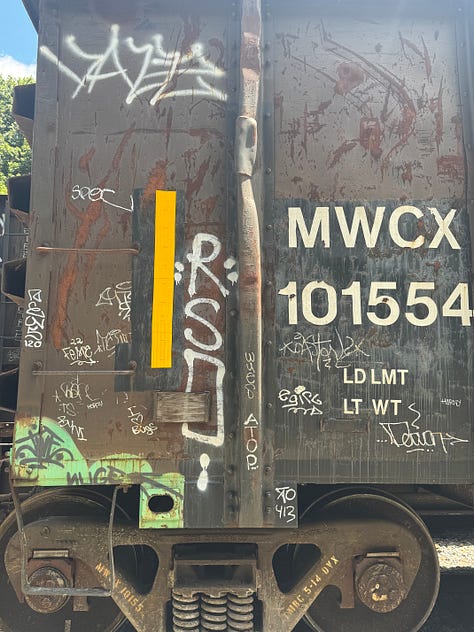
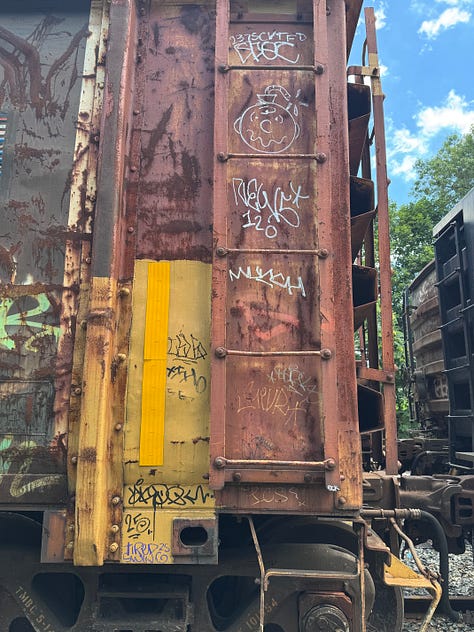
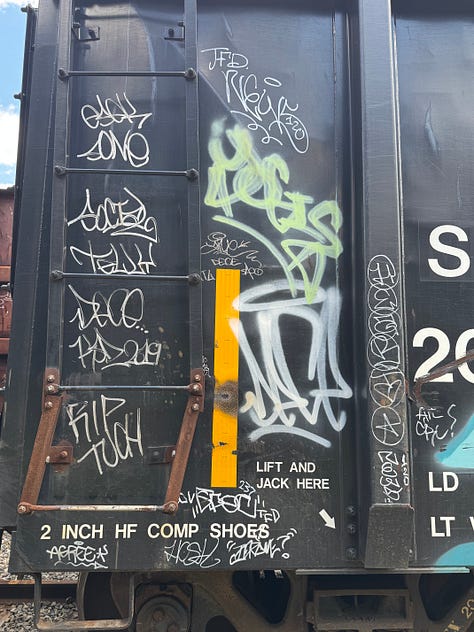
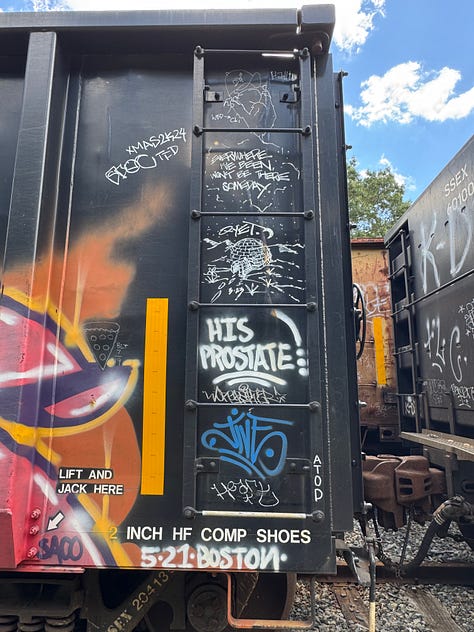
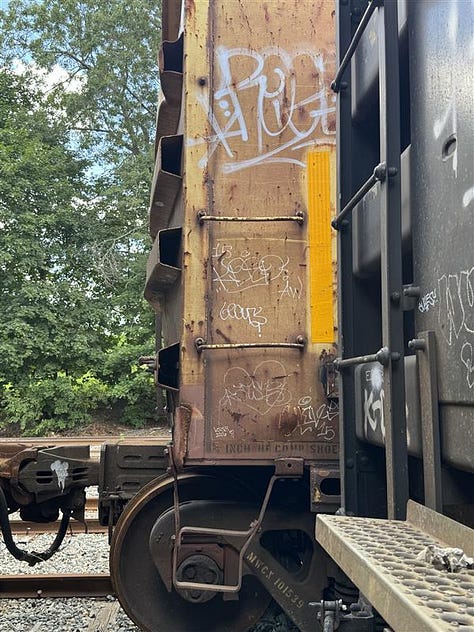


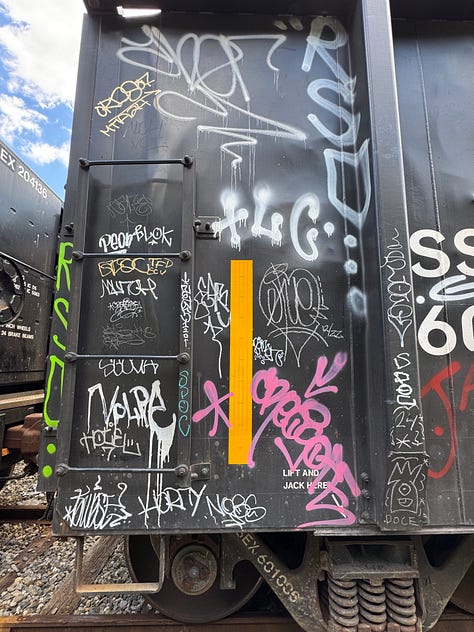
(3. Observation of Humans & Natural Systems)
The 3rd lesson I wanted to share was how to read a map. Whether physical or digital, it’s important to learn how to read a map because your phone may not be able to help you out of every scenario. Knowing how to identify key landmarks is helpful if you ever got lost in the world, but also when it comes to finding new locations to fly. Observing other people’s content is a good way to learn where popular hot spots are. Hot spots are just common areas that drone flyers & photographers go to for good quality pictures or videos.
Maps provided useful information like how to get access to a railroad location or where to park your car before embarking on your journey. You can find old stone or concreate structures in the wilderness that may be used for a future painting spot. You can find where multiple train lines connect to know where train crossings & layups happen. If you use digital maps, they may even give you a glimpse of trains sleeping, if you know where to look.
Flying drones can help you establish the relationship between humans & nature. The system where trees hide railroad lines & old forgotten buildings are reclaimed by nature. The use of digital maps have made finding locations simpler & easier than ever before. With the help of a little research & leg work, all spots can be found.
(4. Not Revealing Locations to Other Writers)
With that being said, I try very hard to remove things that could be indicators to locations. Whether it’s the trucks that are parked street side with the names of their business plastered on the side of them, to identifying building structures that may help narrow down where spots are. I’m trying to keep the videos as close to the art as possible, because most freights look similar, but the things around them don’t often change. I have had people reach out to me via Instagram to ask me not to post certain footage as it reveals too much of where they like to paint. I don’t want to ruin anyone’s yard or location. I would rather sit on the content, then share that information. Which is why I have tons of footage of freight trains & graffiti that I can’t release via social media.
Advancements in Ai technology have been making it even easier to find locations from pictures & videos. All someone has to do is upload a picture to Google for it to give you relevant information & possible even the name of the exact spot. It’s becoming increasing difficult to not give people too much information. From the data captured within images & videos, to social media constantly asking for our location, it’s becoming harder to conceal information. Instagram even created a damn map to find other users. As if our phones didn’t already have a feature like that.
I’m attempting to create a story with all of the content I'm capturing. I’ve made a zine that was pretty successful & fun to make. I’m currently working on the 2nd edition, & finding new ways to use the photographs & videos. Over time, I’m painting the picture of who I am & my story for future generations to find. Leaving behind my legacy & mark for anyone curious enough to do the same. Leading me into my last lesson I learned.

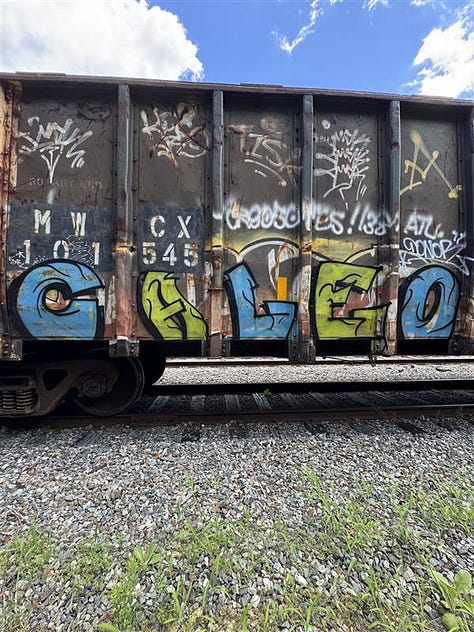




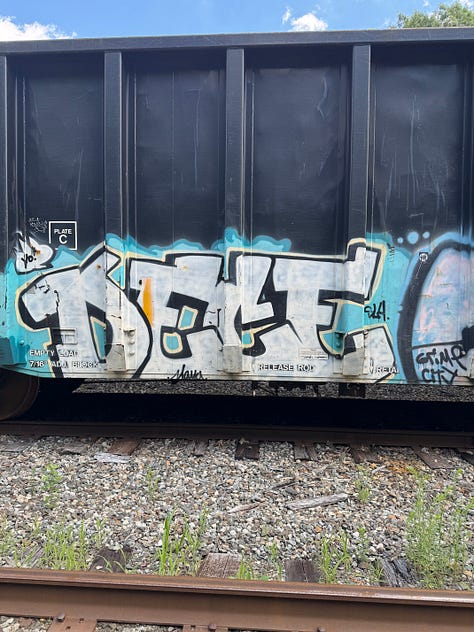
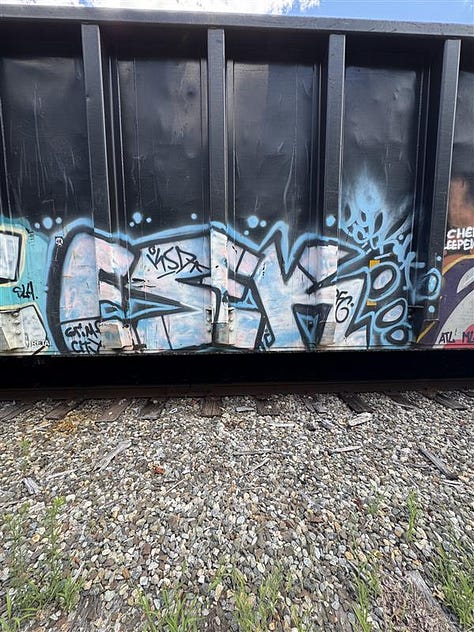
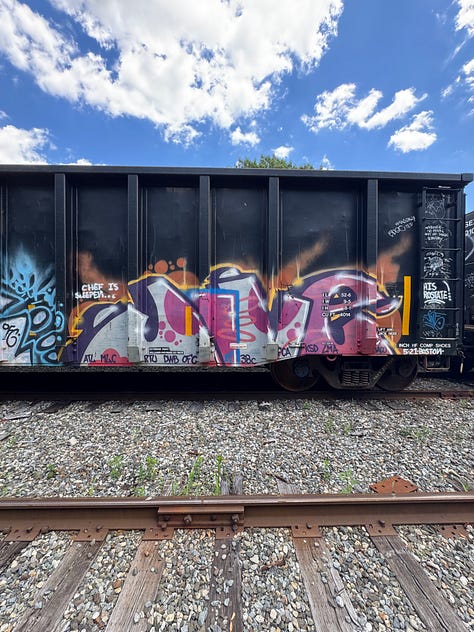
(5. Creating a Story or Narrative)
Everyone is a creator of something, whether it’s art or just their lives, we have the ability to tell a story for others to follow along with. Flying my drone has taught me the last lesson, which is creating a story or narrative for others to follow. Just about everyone has a phone to take pictures, drone pilots all have tons of hours of footage of vast landscapes & of the urban civilization. If you want to stand out from everyone else doing the same thing, you have to create a narrative or a story. A timeline or storyboard that people can following along with & support.
Similar to how story tellers give the reader a rollercoaster ride to follow along with, pictures & videos can give others parts of the overall story. Showing how the process is done & how each story fits into the grand scheme of things is helpful for making visually appealing content. Giving myself a subject to capture has allowed me to follow a story of moving freights across the United States. Mainly in Western Mass, but it gives a sample of the overall industrial system that is in play.
Check out my easy to read eBook! All about Springfield, MA & its rich history as the city of firsts (Here)
I would like to film a documentary or a short film on freight trains & graffiti in my area, but I’m still working out the general concept & idea. It’s something that I could slowly start to create over time & maybe the concept will grow into something bigger. For now, please enjoy what I have to offer. Check out my YouTube for more flying videos, I’m beginning to post some of my favorite Amtrak videos. Most writers don’t paint Amtrak trains, so I’m not revealing important information by posting passenger lines.
So, is it worth it to get a drone in 2025? I would say definitely! Ranging from various sizes to various camera capabilities, owning a drone in 2025 is totally worth it. Even if you don’t chase trains like I do, there are tons of uses for drones. It’s a growing business & you can even earn money doing it for real estate or local businesses. Everyone loves to see good quality pictures & videos of their shops or work. Do you disagree with some of the topics discussed in this article? Let me know in the comment section. Do you have lessons you want to share? I’d be happy to hear them!
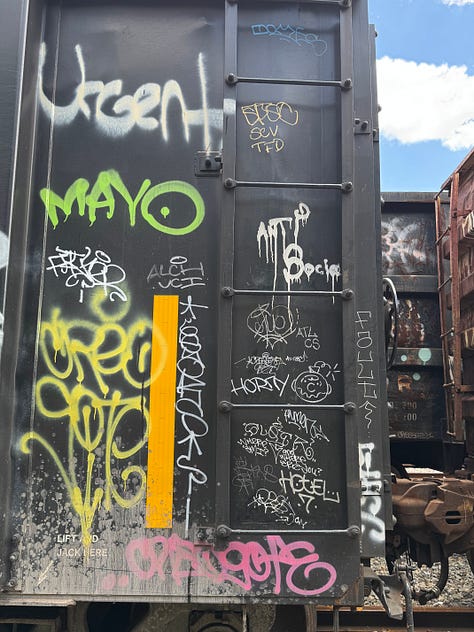

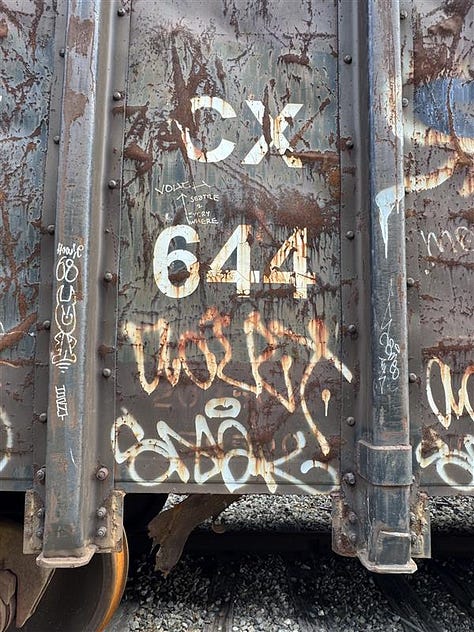
This couldn’t be an article about drone without featuring some of my favorite shots on the drone so far this year! Check them out below
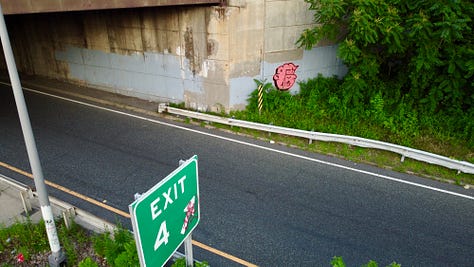
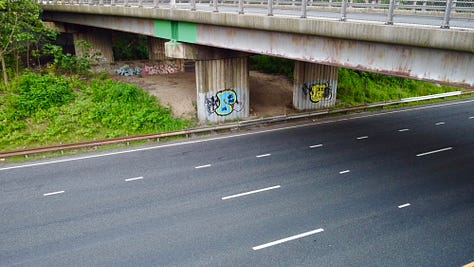

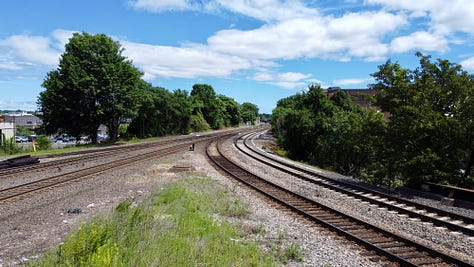
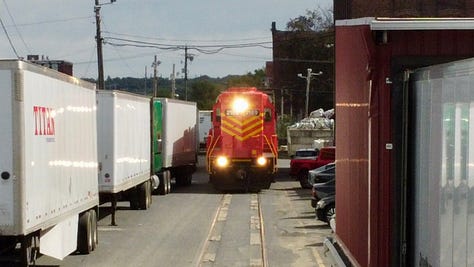
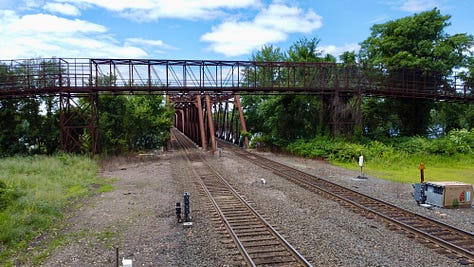
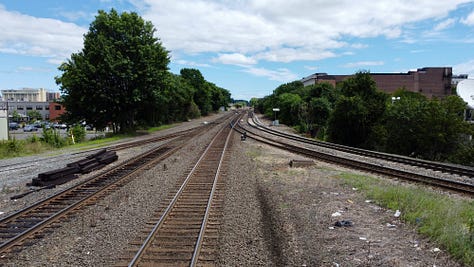
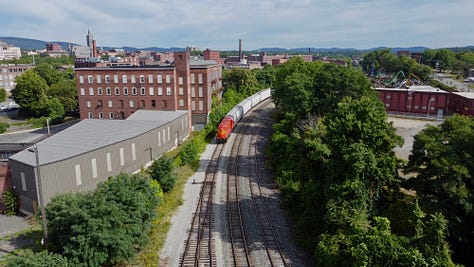
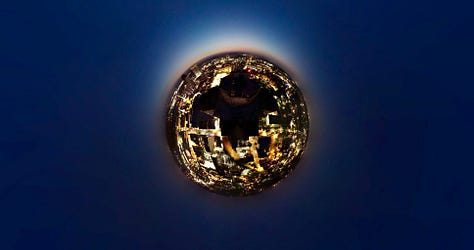


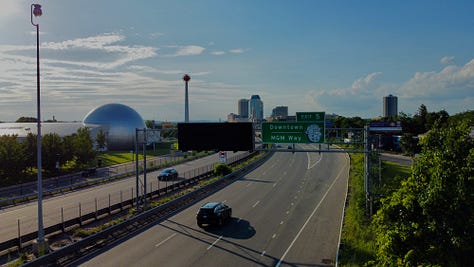
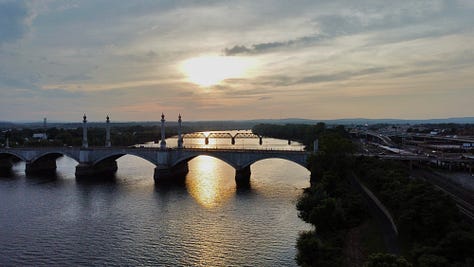
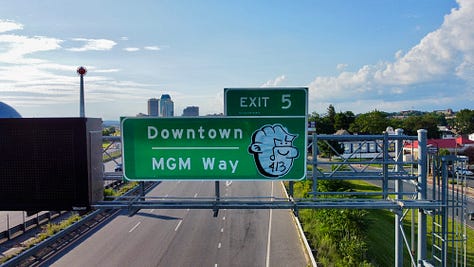
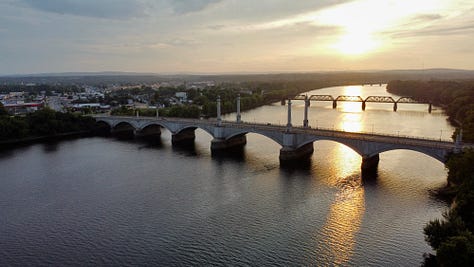

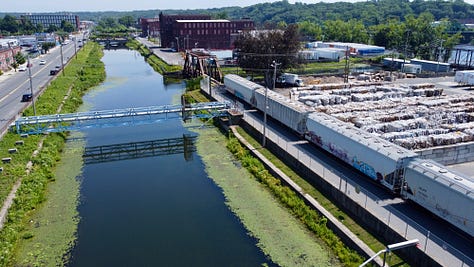
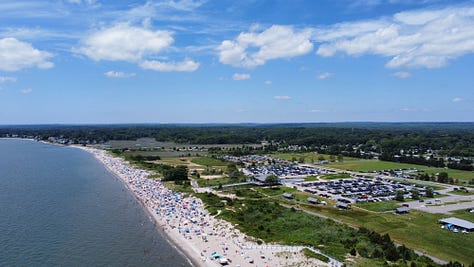
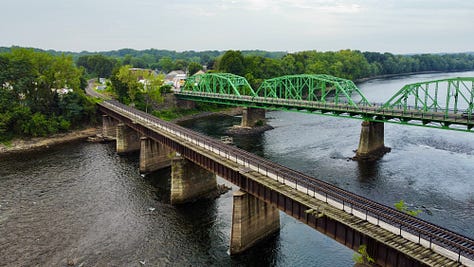
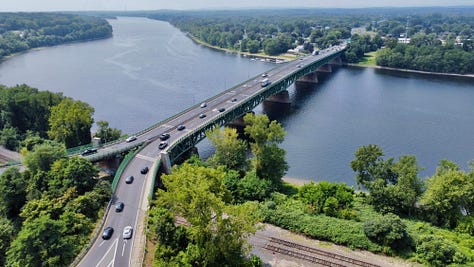
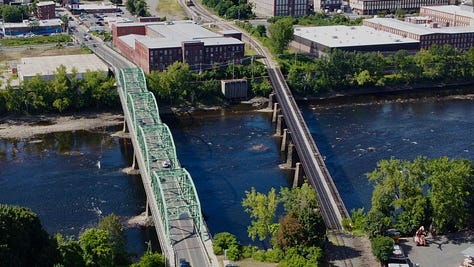
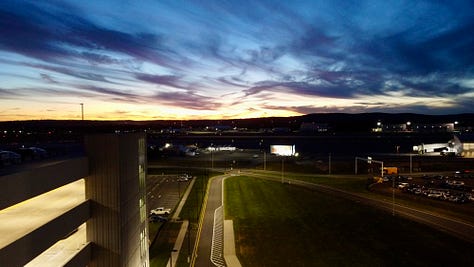
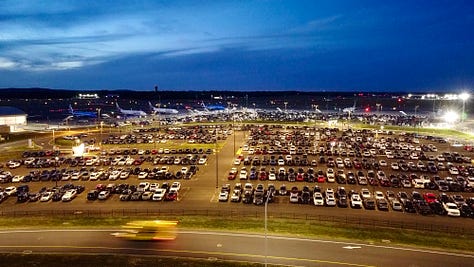

Going to be upload a lot more full length videos of the drone work on my YouTube for educational purposes of course
Peace & Love from the 413



